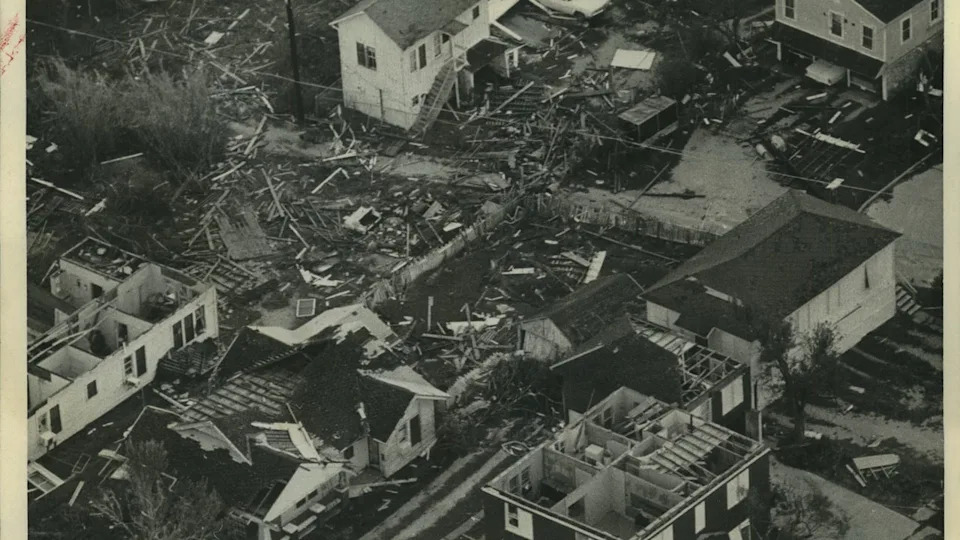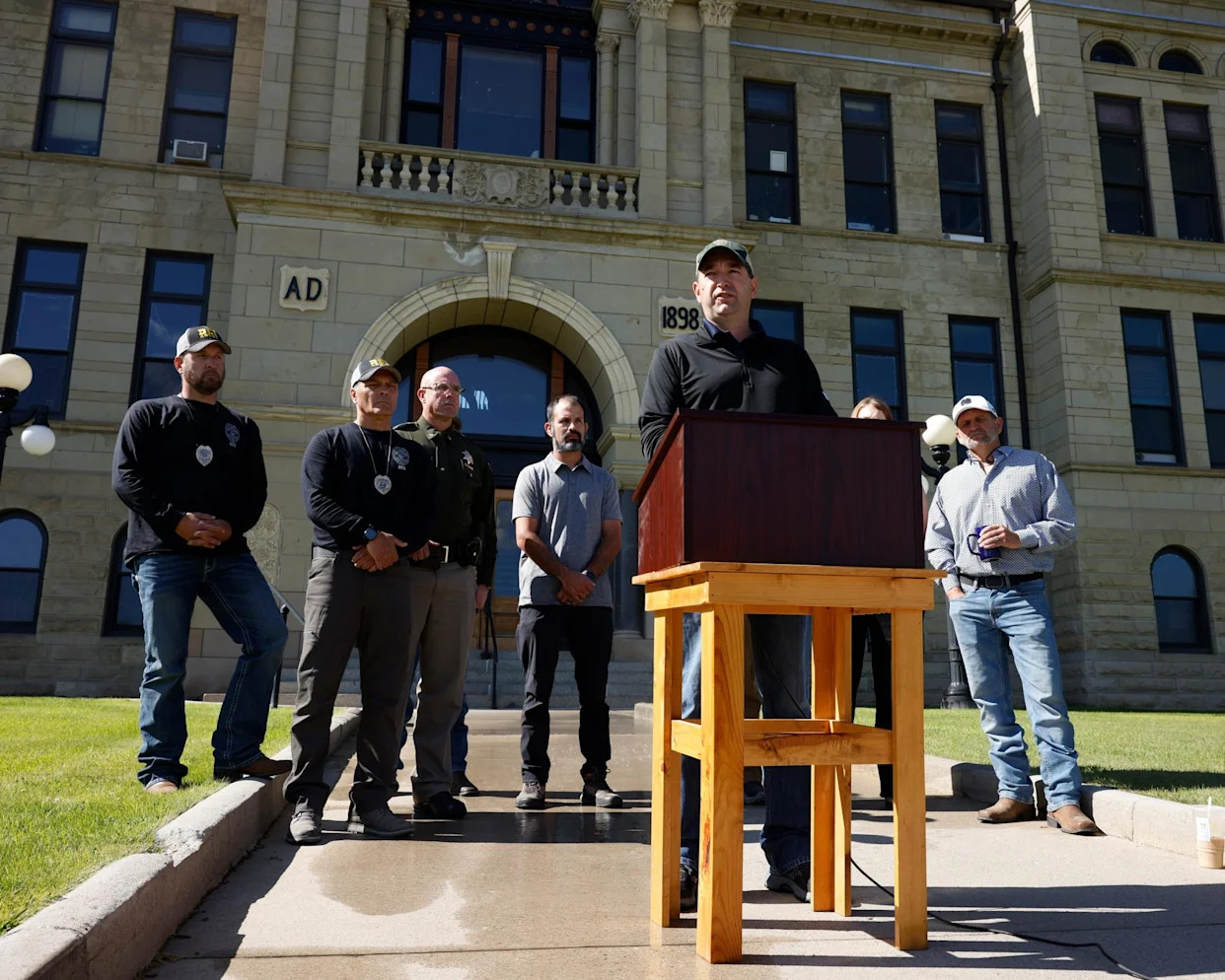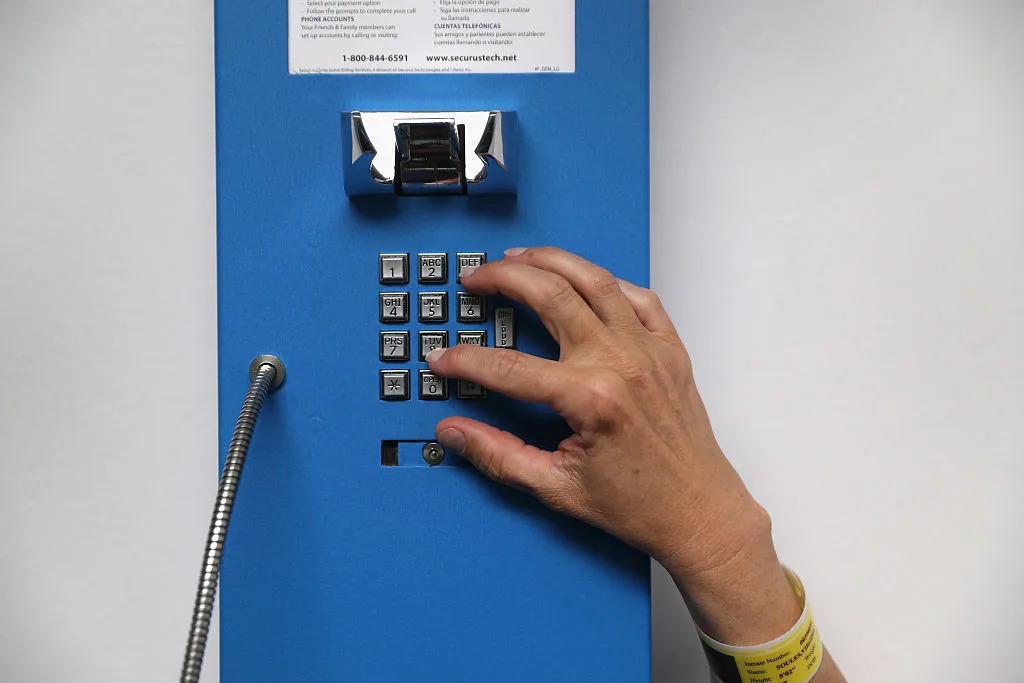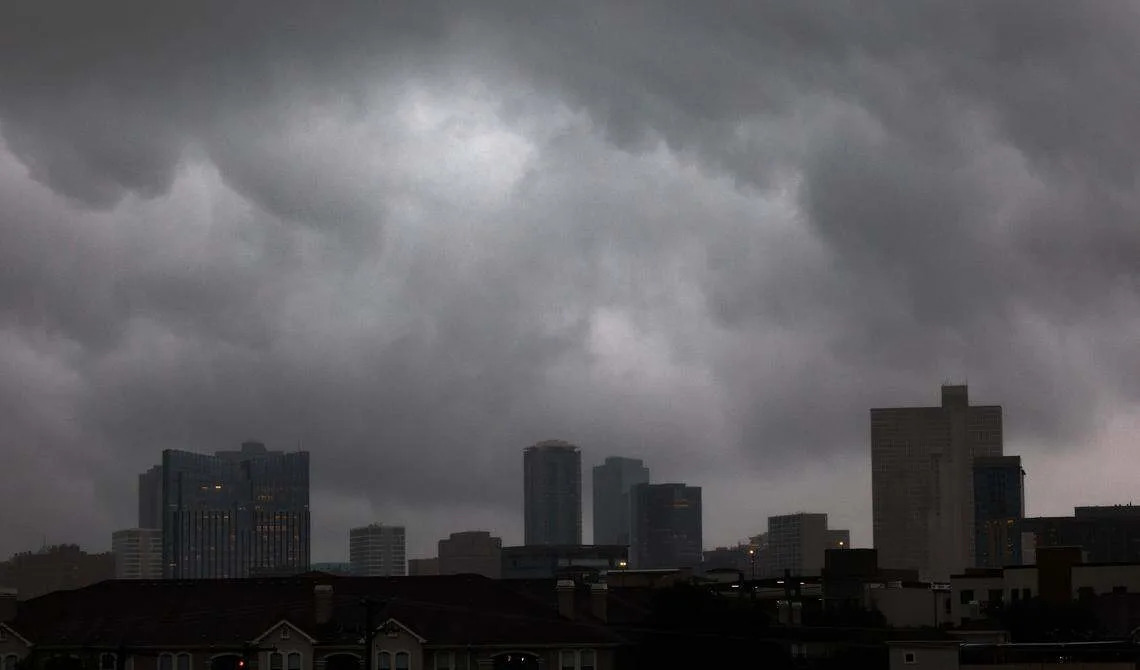A Caribbean tropical depression that formed on this date 55 years ago went on to rapidly intensify and make a devastating Category 4 strike on Texas just days later.
After developing just west of the Cayman Islands on the evening of July 30, 1970, the tropical depression would strengthen into Hurricane Celia and make landfall with winds of 140 mph at Aransas Pass, Texas, on Aug. 3. Much of that intensification happened rapidly just prior to reaching the Texas coast, where winds jumped by 60 mph in the 15 hours
Celia ravaged Corpus Christi with destructive winds, where a gust up to 161 mph was measured. Closer to the landfall point, Aransas Pass had an estimated gust to 180 mph, according to the National Weather Service.
Roughly 9,000 homes were destroyed in the Texas coastal bend, and more than 50,000 suffered damage ranging in severity from minor to major. The damage cost from Celia was estimated to be $3.1 billion in 2020 dollars, the NWS said.
The hurricane contributed to 15 deaths and another 466 injuries in South Texas.
Celia is a reminder of how fast storms can sometimes intensify prior to striking land. In fact, the 10 most intense U.S. hurricanes on record were all tropical storms three days or less ahead of landfall.

Chris Dolce has been a senior digital meteorologist with weather.com for 15 years after beginning his career with The Weather Channel in the early 2000s.







Comments